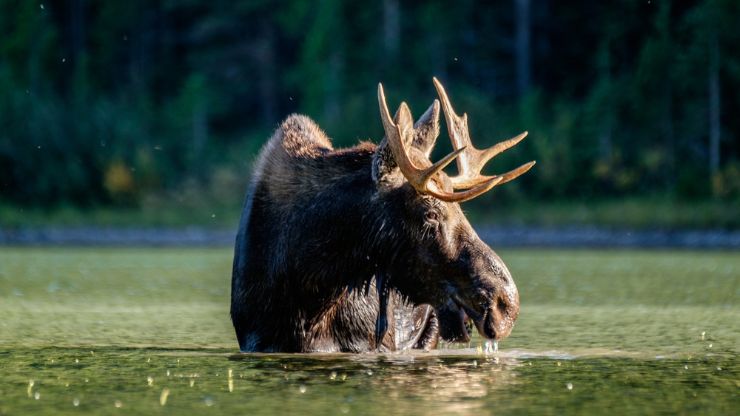Wild Animals You Can See in America National Parks – In the vast expanse of America’s National Parks lies a treasure trove of biodiversity, where the wilderness teems with life in its various forms. These protected areas serve not only as sanctuaries for wildlife but also as living laboratories for the natural world. From the rugged peaks of the Rocky Mountains to the sprawling wetlands of the Everglades, each park offers a unique glimpse into the intricate tapestry of ecosystems that make up the American landscape. In this guide, we embark on a journey to explore the diverse array of wild animals that call these parks home. From the iconic grizzly bears and majestic elk to the elusive mountain lions and soaring bald eagles, we will uncover the wonders of nature that await those who venture into the heart of America’s wilderness. Join us as we delve into the captivating world of wildlife in America’s National Parks, where every encounter is a testament to the beauty and resilience of the natural world.
Table of Contents
ToggleWild Animals You Can See in America National Parks
Bison (Yellowstone National Park, Grand Teton National Park)

Bison, often colloquially referred to as buffalo, are iconic symbols of the American West. Yellowstone National Park, in particular, is famous for its large bison herds, which roam freely across the park’s grasslands and meadows. Grand Teton National Park also has a smaller bison population, often spotted in the Antelope Flats and surrounding areas. These massive mammals can weigh up to 2,000 pounds and are known for their distinctive humped shoulders and shaggy coats. Visitors to these parks should keep a safe distance from bison, as they can be unpredictable and potentially dangerous.
Also, Read – Best Emotional Support Dog Breeds
Grizzly Bears (Yellowstone National Park, Glacier National Park)
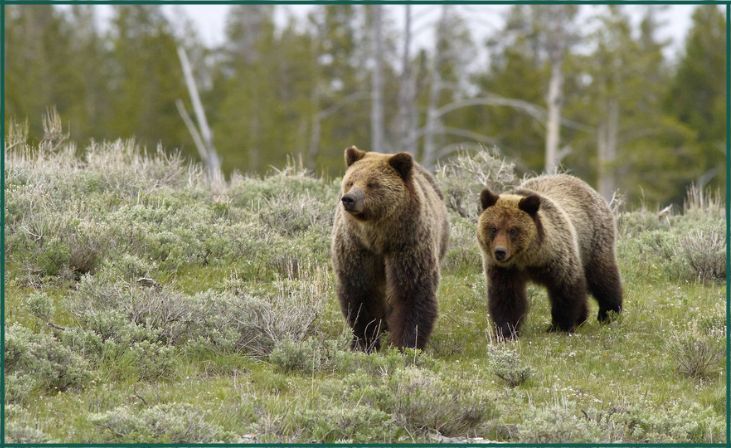
Grizzly bears are powerful apex predators that inhabit the rugged wilderness of parks like Yellowstone and Glacier. These massive bears can weigh up to 800 pounds and are known for their distinctive humped shoulders and silver-tipped fur. While they primarily feed on vegetation, grizzlies are also opportunistic hunters and will prey on small mammals, fish, and carrion. Visitors to grizzly country should take precautions, such as carrying bear spray and making noise while hiking, to avoid surprise encounters.
Elk (Rocky Mountain National Park, Great Smoky Mountains National Park)
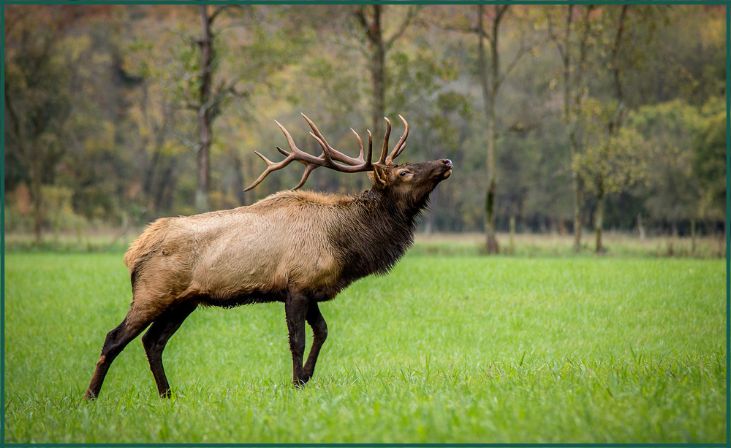
Elk, also known as wapiti, are one of the largest species of deer in North America. They are commonly found in parks like Rocky Mountain and Great Smoky Mountains National Parks, where they inhabit meadows, forests, and alpine tundra. Male elk, known as bulls, are distinguished by their impressive antlers, which can span up to six feet across. During the fall rutting season, male elk engage in dramatic displays of dominance to compete for mating rights. Visitors to these parks can often spot elk grazing in open meadows or heard bugling calls echoing through the mountains.
Moose (Denali National Park, Rocky Mountain National Park)
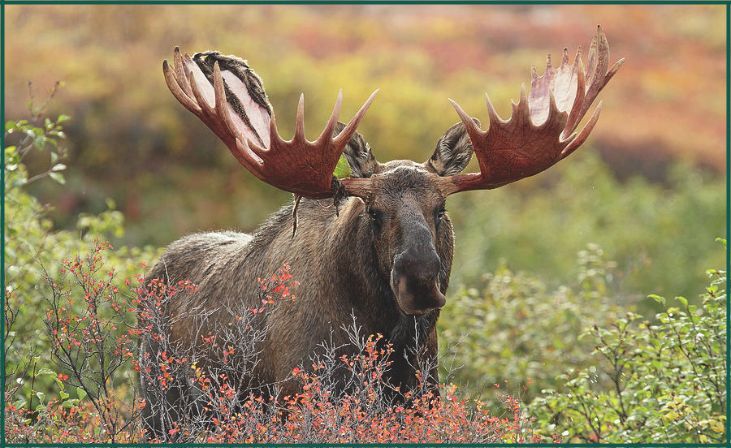
Moose are the largest members of the deer family and are well adapted to cold, northern environments. Denali National Park in Alaska and Rocky Mountain National Park in Colorado are two prime locations for spotting moose in their natural habitat. These solitary animals prefer to inhabit wetlands and riparian areas, where they feed on aquatic vegetation such as willows and water lilies. Male moose, called bulls, are known for their impressive antlers, which can span up to six feet across and weigh over 40 pounds. Visitors to moose country should keep a safe distance from these large animals, especially during the breeding season when bulls can be aggressive.
Mountain Lions (Yosemite National Park, Grand Canyon National Park)

Mountain lions, also known as cougars or pumas, are solitary predators that inhabit a wide range of habitats, from dense forests to arid deserts. While they are notoriously elusive and rarely seen by humans, mountain lions are present in parks like Yosemite and the Grand Canyon. These powerful cats are ambush predators, stalking and pouncing on their prey with remarkable agility and stealth. While they primarily prey on deer, mountain lions will also feed on smaller mammals such as raccoons, rabbits, and rodents. Visitors to mountain lion habitat should be aware of their presence and take precautions such as hiking in groups and avoiding dusk and dawn when these animals are most active.
Don't just scroll, subscribe!
BuzzTrail's unique web-stories are the cure for boredom you've been waiting for.
Also, Read – Mammals Roaming Free in the U.S.
Wolves (Yellowstone National Park, Isle Royale National Park)
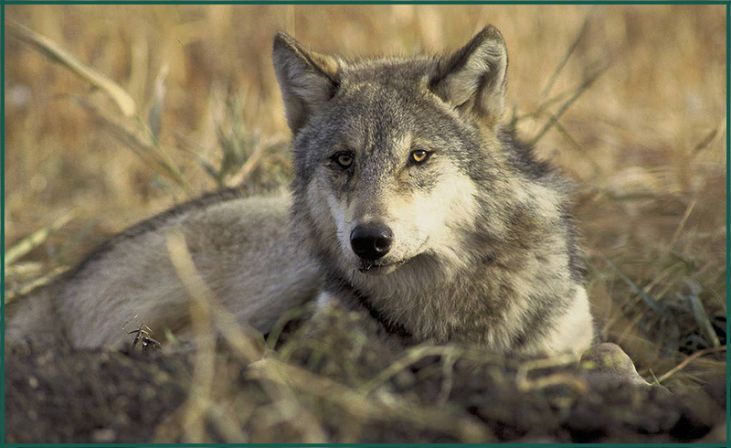
Wolves are highly social carnivores that play a crucial role in maintaining ecosystem balance. Yellowstone National Park is one of the best places in the United States to see wolves in the wild, thanks to successful reintroduction efforts in the 1990s. The Lamar Valley, in particular, is known for its thriving wolf populations, which prey primarily on elk and other ungulates. Isle Royale National Park, located in Lake Superior, is home to a unique population of wolves that has been the subject of extensive study for decades. Visitors to wolf habitat should be respectful of these apex predators and observe them from a safe distance to minimize disturbance.
Black Bears (Great Smoky Mountains National Park, Yosemite National Park)
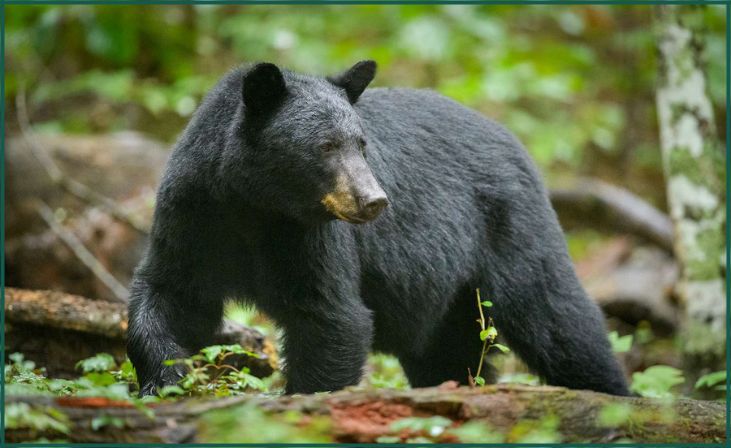
Black bears are the most common species of bear in North America and can be found in many national parks across the United States. Great Smoky Mountains National Park, in particular, is renowned for its dense population of black bears, with an estimated 1,500 individuals roaming the park’s forests and mountains. Yosemite National Park is another hotspot for black bear activity, especially in the summer months when bears forage for food in the park’s iconic valley. Despite their name, black bears can range in color from black to cinnamon to blonde, and may even have white chest markings. Visitors to bear country should store food properly and dispose of garbage responsibly to avoid attracting bears to campsites and picnic areas.
Bighorn Sheep (Rocky Mountain National Park, Zion National Park)
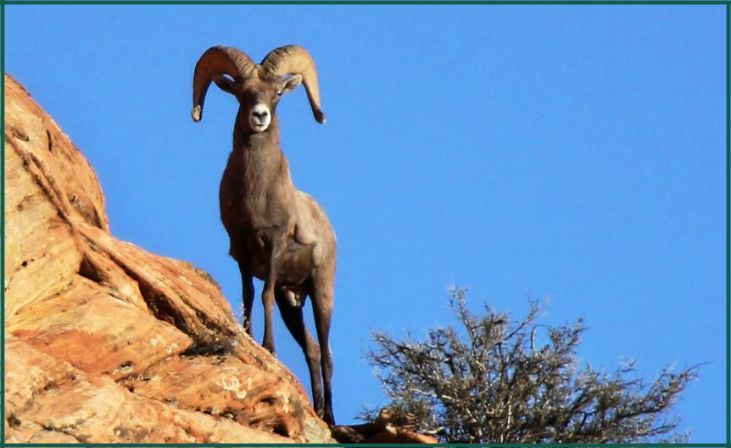
Bighorn sheep are majestic mammals known for their impressive horns and nimble climbing abilities. Rocky Mountain National Park and Zion National Park are two places where visitors have a chance to see these iconic animals in their natural habitat. Bighorn sheep inhabit rugged mountain terrain, where they navigate steep cliffs and rocky slopes with ease. Male bighorn sheep, called rams, engage in dramatic head-butting contests during the breeding season to establish dominance and mating rights. Visitors to bighorn sheep habitat should scan rocky outcrops and cliff faces with binoculars for a chance to spot these elusive creatures.
Bald Eagles (Katmai National Park, Everglades National Park)
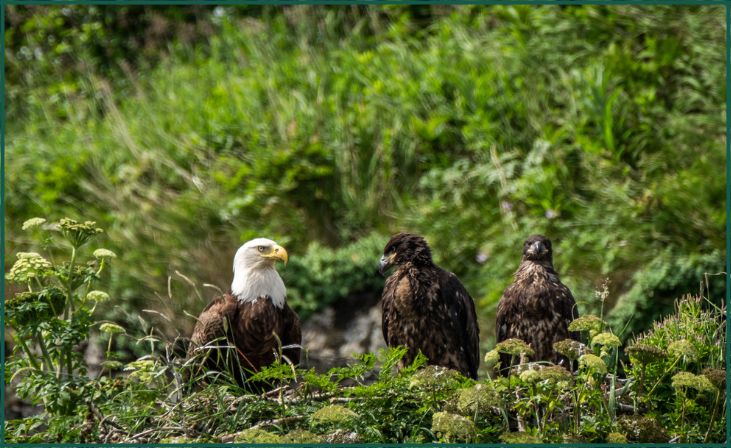
Bald eagles are iconic symbols of American patriotism and are found throughout the United States, especially near bodies of water where they hunt for fish. Katmai National Park, located in Alaska, is home to a thriving population of bald eagles, particularly along the park’s coastline and salmon-rich rivers. Everglades National Park, in Florida, is another excellent location for spotting bald eagles, especially in the park’s vast wetlands and marshes. These majestic birds of prey have distinctive white heads and tails, with dark brown bodies and wings. Visitors to bald eagle habitat should keep a lookout for these magnificent birds soaring overhead or perched in tall trees near the water’s edge.
Alligators (Everglades National Park)
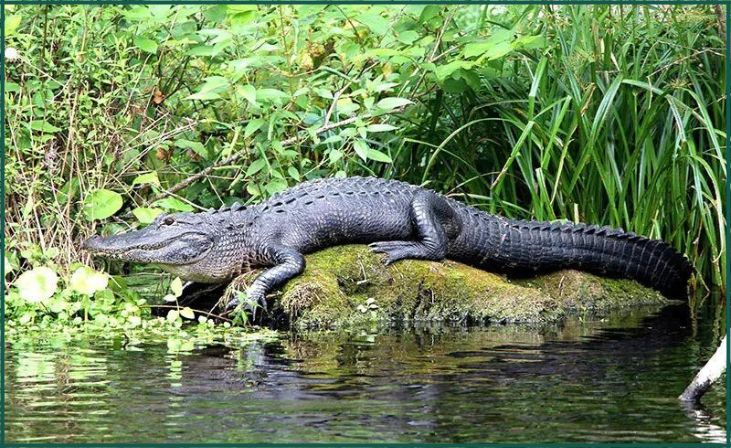
American alligators are large reptiles that inhabit freshwater marshes, swamps, and rivers throughout the southeastern United States. Everglades National Park in Florida is one of the best places to see alligators in their natural habitat, with an estimated population of over 200,000 individuals. These apex predators play a crucial role in maintaining the health of the Everglades ecosystem, preying on fish, turtles, birds, and mammals. Alligators have powerful jaws lined with sharp teeth and are capable of delivering a swift and deadly bite to unsuspecting prey. Visitors to alligator habitat should exercise caution and observe these prehistoric creatures from a safe distance, especially during the breeding season when alligators may be more aggressive.
Conclusion
In conclusion, America’s National Parks stand as beacons of biodiversity and natural wonder, offering invaluable opportunities for wildlife observation and conservation. As stewards of these precious landscapes, it’s our collective responsibility to cherish and protect these habitats for future generations. By fostering an appreciation for the diverse array of species that inhabit these parks and advocating for their preservation, we can ensure that these vital ecosystems thrive in perpetuity. Let us continue to explore, learn, and advocate for the protection of wildlife in our National Parks, safeguarding the rich tapestry of life that defines these cherished landscapes.
FAQs
What types of bears can you encounter in America’s National Parks?
What types of bears can you encounter in America’s National Parks?
The two most common species of bears found in America’s National Parks are the grizzly bear and the black bear. While grizzly bears are typically found in parks such as Yellowstone and Glacier, black bears inhabit a wider range of parks across the country.
Are there wolves in America’s National Parks?
Are there wolves in America’s National Parks?
Yes, gray wolves can be found in several National Parks, including Yellowstone and Denali. These majestic predators play a crucial role in maintaining the balance of their respective ecosystems.

